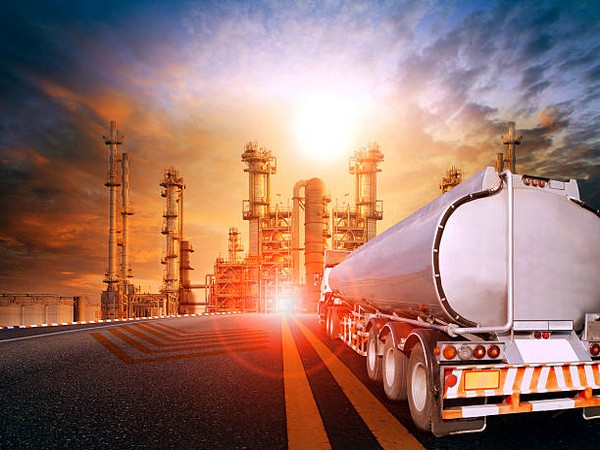India's Oil and Gas Sector: Navigating Global Shifts and Domestic Challenges
India's oil and gas industry is adapting to international dynamics, highlighted by increased Russian oil imports and reduced Middle Eastern supply. While refining capacities expand and natural gas initiatives advance, challenges include price instability and sanctions. The strategic transformation aims to secure energy needs amid geopolitical uncertainty.

- Country:
- India
India's oil and gas sector is experiencing a strategic overhaul as it adapts to a rapidly changing global environment influenced by shifting alliances, sanctions, and increased geopolitical instability, according to a Rubix Industry Insights report.
Notably, Russian oil has taken a dominant position in India's crude supply, now comprising 35% of imports in FY2025, a sharp increase from just 2% in FY2020. This shift, seen in a 96% compound annual growth in import value over five years, is largely due to cost benefits and alternative routes that avoid the volatile Strait of Hormuz. Consequently, Middle Eastern oil suppliers have lost market share, requiring India to reconsider its geopolitical strategies.
Amid these developments, India is working to safeguard its significant petroleum product exports, worth USD 44.4 billion in FY25, from tariffs and EU sanctions on Russian oil-linked exports. As the seventh-largest exporter, India counts the Netherlands, UAE, and Singapore as primary markets.
On the supply front, India, the world's third-largest crude oil importer, is projected to increase demand from 5.64 million barrels per day in 2024 to 6.66 million bpd by 2030, even as domestic production declines, resulting in an 88.2% import dependency.
India's refining capacity, the fourth-largest globally, has expanded modestly to 257 MMTPA across 23 refineries, with government plans to reach 309.5 MMTPA by 2030 through significant investments by state-run firms like IOCL, BPCL, and HPCL.
In the realm of natural gas, demand reached 71 BCM in FY2025, with half met by LNG imports. The US has surpassed the UAE as India's second-largest LNG supplier, facilitated by relaxed export restrictions and new contracts. India aims to double gas's energy mix share to 15% by 2030, bolstered by pipeline expansions and regasification projects.
Government initiatives, including the Hydrocarbon Exploration and Licensing Policy and Special CBM Round, have encouraged investment in upstream exploration, focusing on unconventional gas extraction with updated supportive regulations.
The report also highlights India's clean energy efforts, such as expanding LPG access to 103 million households under the Pradhan Mantri Ujjwala Yojana and achieving a 20% ethanol blend six years early. Furthermore, city gas distribution is set to cover 70% of the population, despite ongoing challenges like price volatility, US sanctions on Russian oil, and insufficient domestic output, which hinder progress. There are warnings that refinery upgrades lag behind targets, with potential Middle East tensions threatening crucial supply lines.
(With inputs from agencies.)










